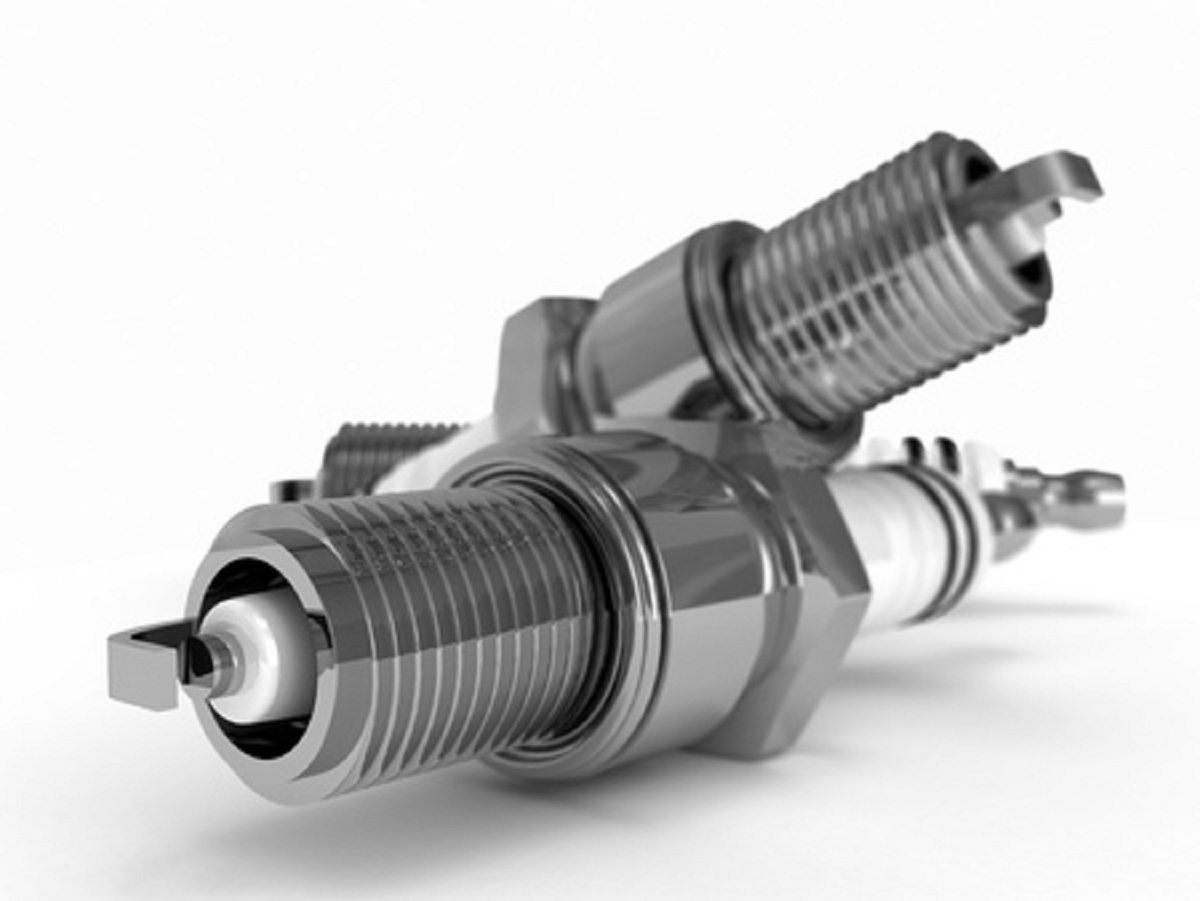A critical part of maintaining a car’s necessary regular maintenance is changing spark plugs—a task typically beyond the skills of most car owners and left to their local mechanic. However, even something that sounds as difficult as replacing a vehicle’s spark plugs can be achieved by anyone in under an hour (depending on the vehicle and the driver’s experience). Learning this skill can not only save drivers money, but it can also provide them with a better understanding of how their car works, which can only benefit them in the long run. Once drivers know what to look for and what to do, changing spark plugs won’t be any harder than replacing a flat tire.
Tools You’ll Need
- Ratchet extensions
- 3/8-inch ratchet
- 3/8-inch swivel socket
- Spark plug gap gauge
- Compressed air canister
- Spark plug socket
- Eye protection
Directions for Replacing Spark Plugs
- Before beginning, ensure you’ve bought the right spark plugs for the car—the wrong kind can damage the engine—by checking the vehicle’s owner manual or asking a local auto supply shop for the right application. Also, your engine must be cold before beginning.
- Now, once you’ve put on eye protection, detach the spark plug wire from its plug by tugging the boot, not the wire itself. Should the boot resist, try twisting it right and left to loosen it. If you’ve never replaced spark plugs before, only change the plugs one at a time. Otherwise, you’ll risk guessing which wire matches which plug.
- Before you remove the plug, clean the area using your compressed air canister, which should prevent dirt from flying in the cylinder while the spark plug is disconnected.
- With your spark plug ratchet, start unscrewing the plug counterclockwise. When loose enough, remove the spark plug by hand.
- With your gap gauge, calculate a suitable gap before you insert the fresh spark plug into the valve. The vehicle’s owner’s manual or the decal under your car’s hood should state the car’s precise gap size. Having the right gap size is crucial—a gap that’s too wide or too small will worsen the engine’s fuel efficiency and power.
- To gap the plug, insert the gap gauge between the outer electrode (hook, resembling an awning) and the inner electrode (bottom of the plug). You’ll need to bend the hook either higher or lower depending on the vehicle’s specifications.
- Before you insert a new spark plug, make sure there’s no dirt in the cylinder’s threads to ensure the plug inserts properly. You can also oil the threads using a no-seize compound to guarantee easy removal the next time the plugs must be changed.
- Screw the plug in by hand until firmly secure before tightening it further with your ratchet.
- Attach the plug wire, twisting it on to properly arrange the boot over the plug. Once there’s a clicking sound, the wire should be connected to the spark plug.
- Repeat the previous steps for the other plugs.
Think you or someone you know is in need of Behind the Wheel Training? Training Wheels is an Atlantic City driving school specializing in teaching new teen drivers how to stay safe on the road. For more information on our lessons, please click here.
Copyright: razlomov / 123RF Stock Photo

